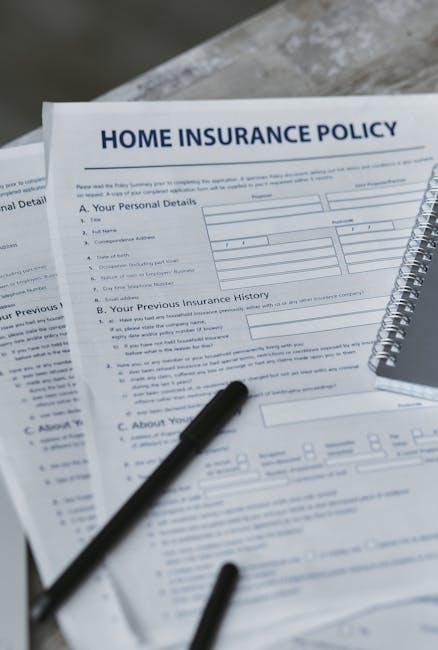Experiencing a car break-in can be unsettling and stressful, leaving you with not only the emotional aftermath but also the practical concerns of recovering your losses. Knowing how to efficiently file an insurance claim is crucial to ensure you receive the compensation you deserve. This comprehensive guide is designed to walk you through each step of the claims process, from documenting the damage to communicating effectively with your insurance provider. By following these detailed instructions, you can navigate the complexities of insurance claims with confidence, minimizing delays and maximizing your settlement. Whether you’re dealing with stolen personal items or damage to your vehicle, this article will equip you with the knowledge and tools necessary to manage your claim effectively and restore your peace of mind.
Understanding Your Insurance Policy and Coverage
Deciphering the fine print of your insurance policy can seem daunting, but understanding your coverage is crucial when dealing with a car break-in. Start by reviewing the comprehensive coverage section of your policy. This is typically the part that covers theft and vandalism, including damages from a break-in. Familiarize yourself with the following key elements:
- Deductible: Know the amount you’ll need to pay out-of-pocket before your insurance kicks in.
- Coverage Limits: Check the maximum amount your insurer will pay for a claim.
- Exclusions: Be aware of what is not covered, such as personal items stolen from the vehicle, which might require separate personal property coverage.
Understanding these aspects can help streamline the claims process and ensure you’re fully prepared to file a claim. This knowledge will empower you to confidently navigate the aftermath of a car break-in, ensuring you receive the benefits you’re entitled to under your policy.

Step-by-Step Guide to Documenting the Incident
Proper documentation is crucial for a successful insurance claim. Begin by collecting all relevant details immediately after discovering the break-in. Take clear photographs of any visible damage to your vehicle, including broken windows, damaged locks, and the interior. Capture images of any items that have been stolen or displaced. These visual records serve as compelling evidence when filing your claim.
Compile all relevant information such as:
- Date and time of the incident
- Location where the break-in occurred
- Police report number and contact details of the officer handling your case
- List of stolen or damaged items, along with their estimated value
Ensure that you maintain copies of any communication with the police or witnesses. This comprehensive approach will not only streamline your claim process but also enhance the credibility of your submission to the insurance company.

Effective Communication with Your Insurance Provider
To ensure a smooth claim process, it’s crucial to communicate clearly and efficiently with your insurance provider. Start by gathering all necessary documentation. This includes the police report, photos of the damage, and a detailed list of stolen items. When you contact your insurer, have your policy number and incident details ready to provide a comprehensive overview of the situation. Be concise and to the point in your explanations, ensuring that you cover all relevant facts.
- Prepare a timeline of events leading up to the break-in.
- Note any communication with law enforcement.
- Highlight any security measures in place that might impact your claim.
Use any available online platforms or apps provided by your insurer to streamline the communication process. These tools often allow for faster updates and documentation uploads, helping to prevent delays. Maintain a record of all interactions, including emails and phone calls, noting the date, time, and name of the representative you spoke with. This organized approach not only facilitates effective communication but also empowers you to advocate for a fair resolution.

Maximizing Your Claim Settlement
To ensure you receive the best possible outcome from your insurance claim, it’s crucial to present your case clearly and thoroughly. Begin by documenting everything meticulously. Take detailed photos of the damage to your vehicle, and make a comprehensive list of stolen items. This evidence will be instrumental in supporting your claim. Keep all receipts and any proof of purchase for the items that were taken. It’s equally important to obtain a police report, as insurers often require this to process claims related to theft or vandalism.
When communicating with your insurance provider, be precise and consistent in your descriptions. Avoid exaggerating the damages or the value of lost items, as this can lead to complications or even denial of your claim. Clearly articulate the incident in your claim form, ensuring all details align with the information in the police report. Utilize your policy’s specific language to highlight the coverage terms, which can reinforce the legitimacy of your claim. By taking these steps, you significantly enhance the likelihood of a favorable settlement.

